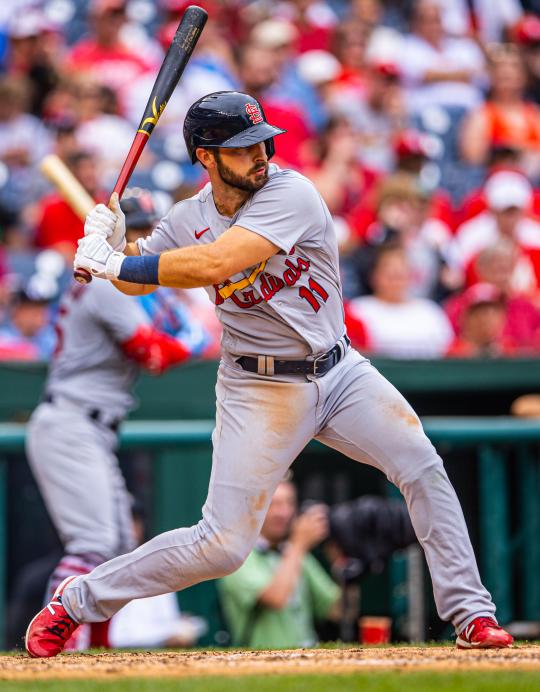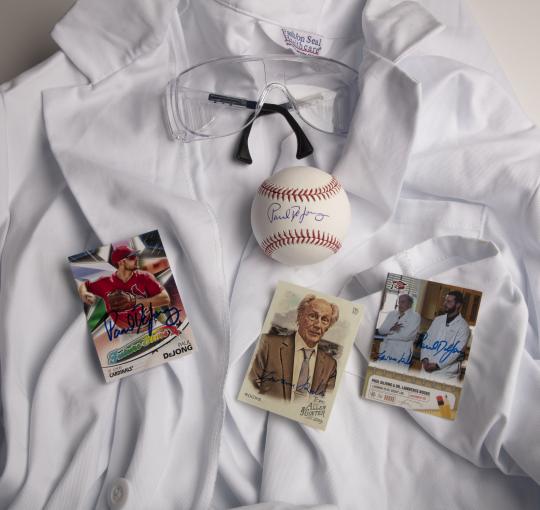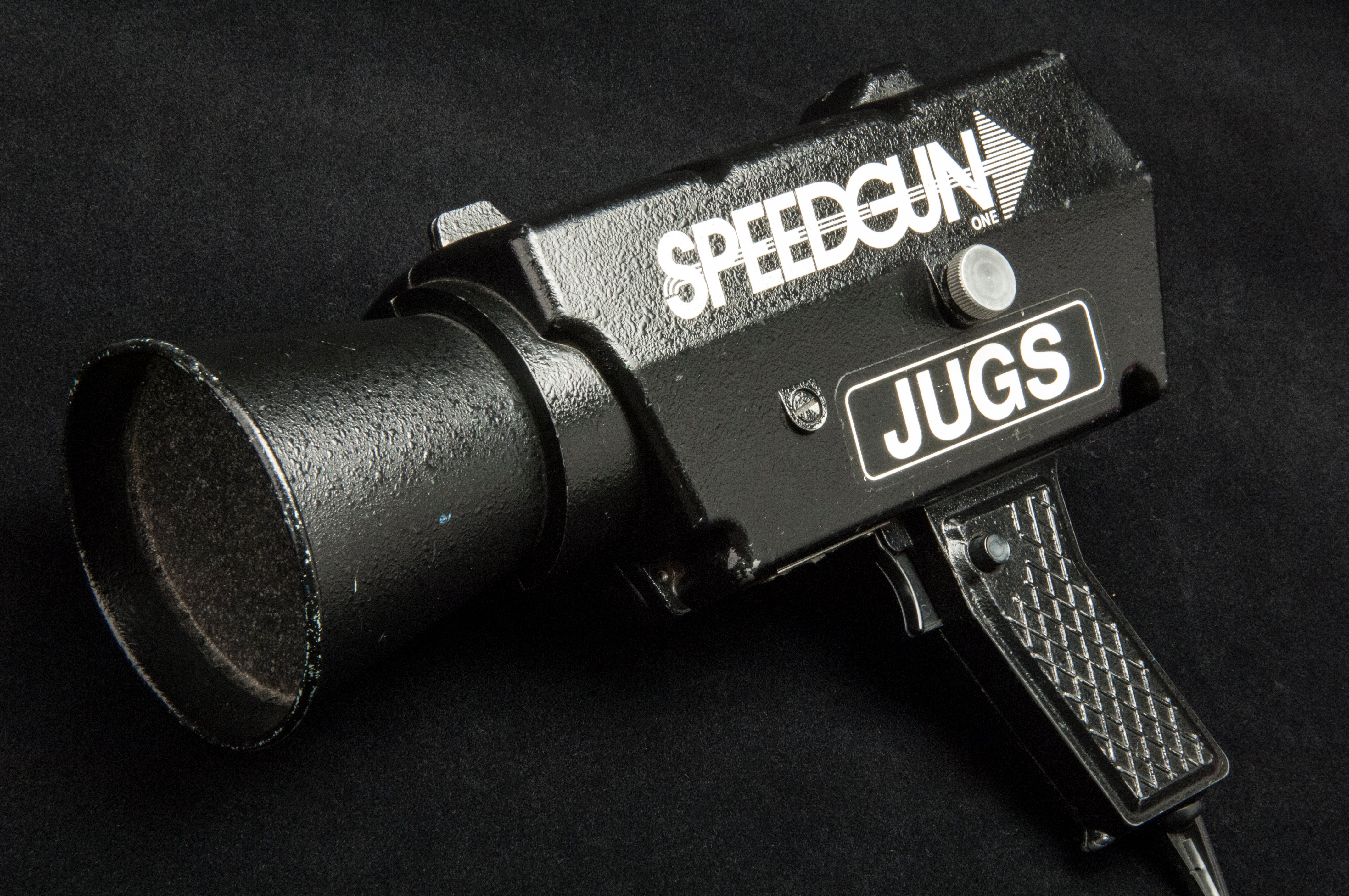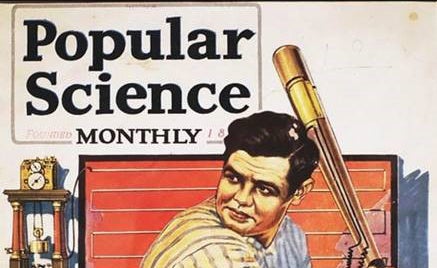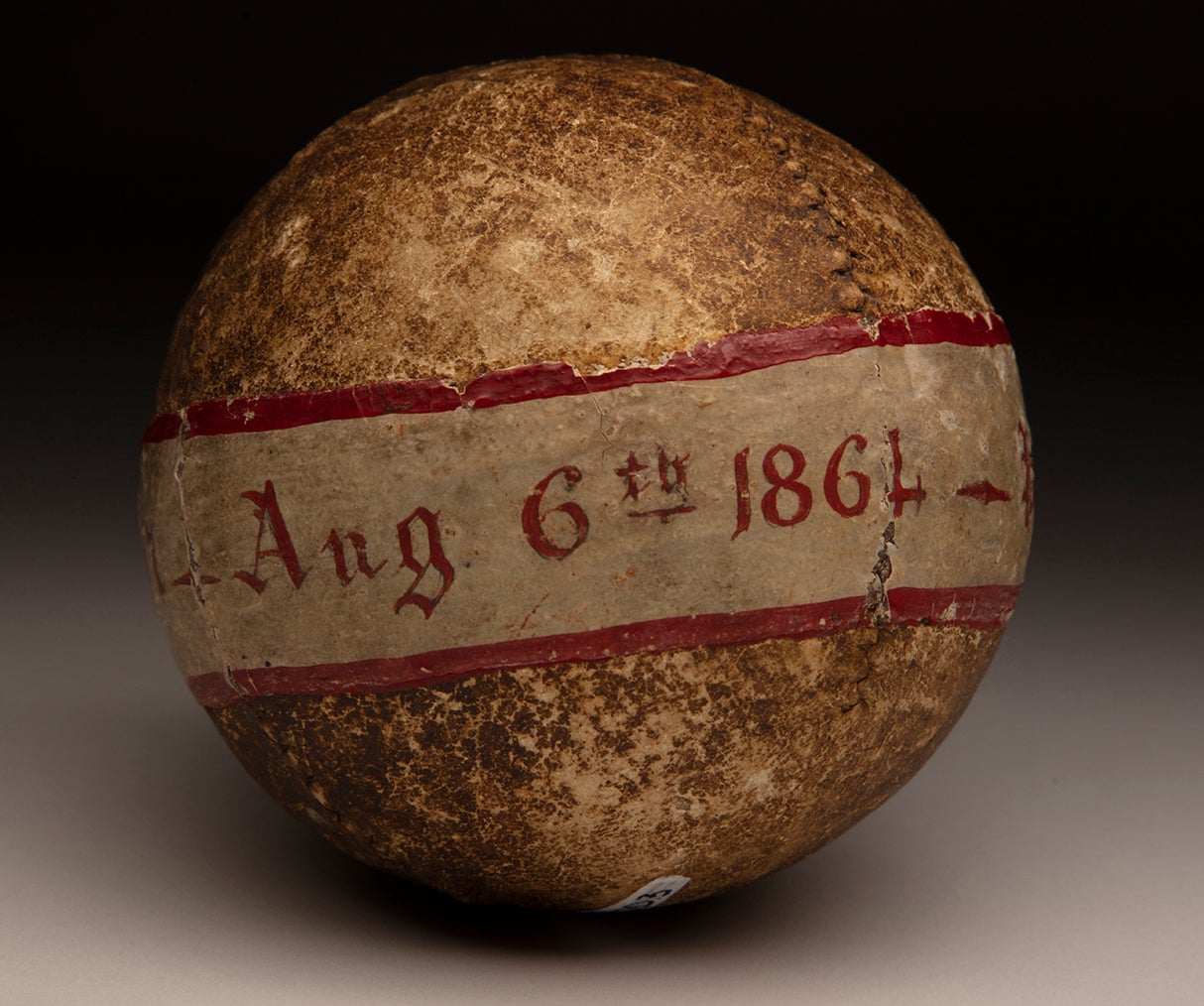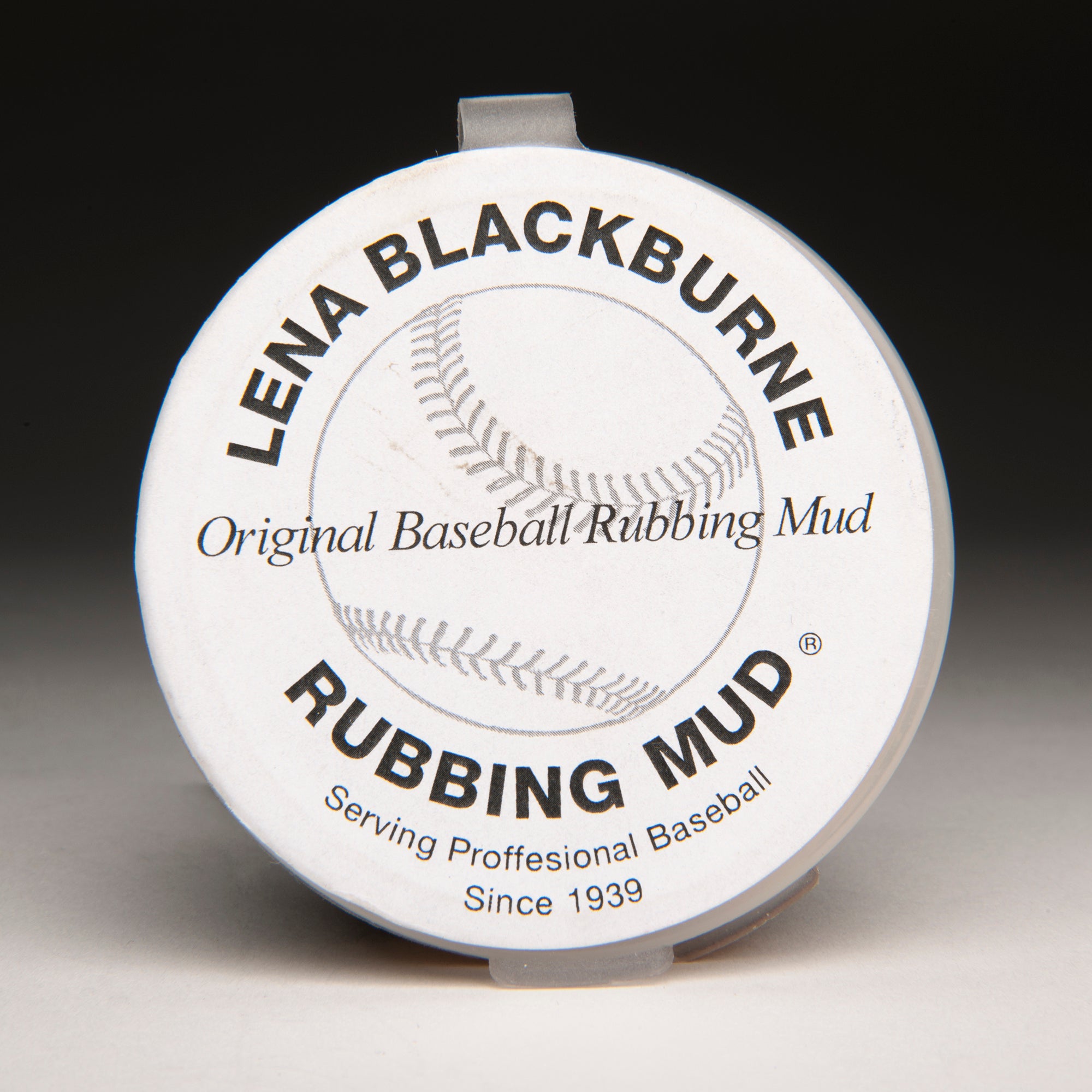Scientific research Rocks the game
In baseball circles, Lawrence Rocks is not a household name. But in the world of advanced scientific research, Dr. Rocks is a legendary figure. The 89-year-old scientist also has a deep connection to the game, thanks to some groundbreaking research.
Dr. Rocks is a renowned chemist who has appeared in front of the United Nations and as a published author. In 1972, Rocks published a book, The Energy Crisis, which called upon the United States to create a federal energy center. The book’s contents certainly had an impact on the media and American culture, leading to national appearances on The Today Show and The Mike Douglas Show. In 1977, just five years after the book hit shelves, President Jimmy Carter officially formed the Department of Energy, a government agency meant to oversee America’s national energy policy while managing the research and development of nuclear power.
Cardinals Gear
Represent the all-time greats and know your purchase plays a part in preserving baseball history.
Hall of Fame Membership
There is no simpler, and more essential, way to demonstrate your support than to sign on as a Museum Member.
Working together on the experiment, DeJong and Rocks initially dropped a ball at room temperature from a height of 50 centimeters and then measured the length of its bounce. They then began to raise the temperature gradually, measuring the bounce each time.
Rocks and DeJong discovered that a ball would bounce higher with each increase in temperature – but only up to a point. Once the ball reached a temperature close to 80 degrees, the length of the bounce began to decrease, the ball becoming softer. Similarly, the two men found that at points lower than room temperature, the bounce would also suffer as the ball became more rigid, losing some of its elasticity.
After a long series of experiments, Rocks and DeJong concluded that a baseball would bounce optimally at temperatures ranging from 68 to 75 degrees Fahrenheit. Anything higher or lower than that range negatively affected the bounce. For some observers of baseball, the discovery proved stunning, shattering the long-held belief that balls tended to travel farther in warmer weather, when temperatures reach the 80s and 90s.
The research done by Rocks has not only had an impact on educational efforts at the Hall of Fame but has also resulted in several artifacts being added to the education collection. Those items include a lab coat and goggles used by Dr. Rocks, a meter stick used to measure the bounce of a baseball and the actual ball used in his experiments.
Even though Rocks is approaching his 90th birthday, he is not done with his research on baseball and science. He has developed a concept for a weather station on the moon that will allow researchers to measure climate change. Rocks believes that “WeatherStationMoon” will allow for more knowledge of climate change, which in turn will have an impact on baseball analytics.
For Lawrence Rocks, the connection between baseball and science must continue.
Bruce Markusen is the manager of digital and outreach learning at the National Baseball Hall of Fame and Museum; Our thanks to Burton Rocks, the son of Lawrence Rocks, for providing some of the background information to this story.

